Eswatini travel tips
Eswatini travel tips: A landlocked kingdom in Southern Africa, is known for its rich culture, diverse landscapes, and traditional ceremonies.
Regions 🌎
Eswatini travel tips. Here is a list of all the regions of the Eswatini.
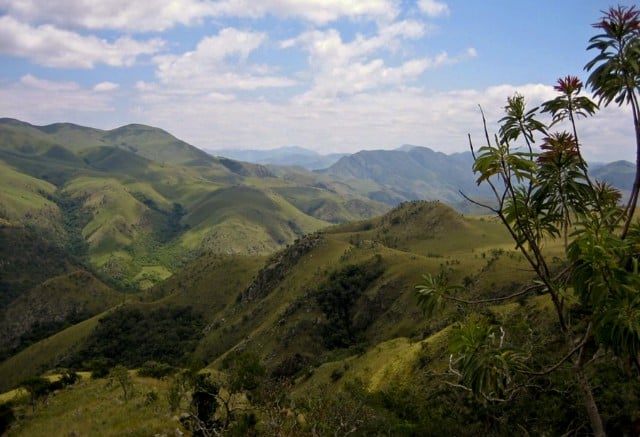
Hhohho
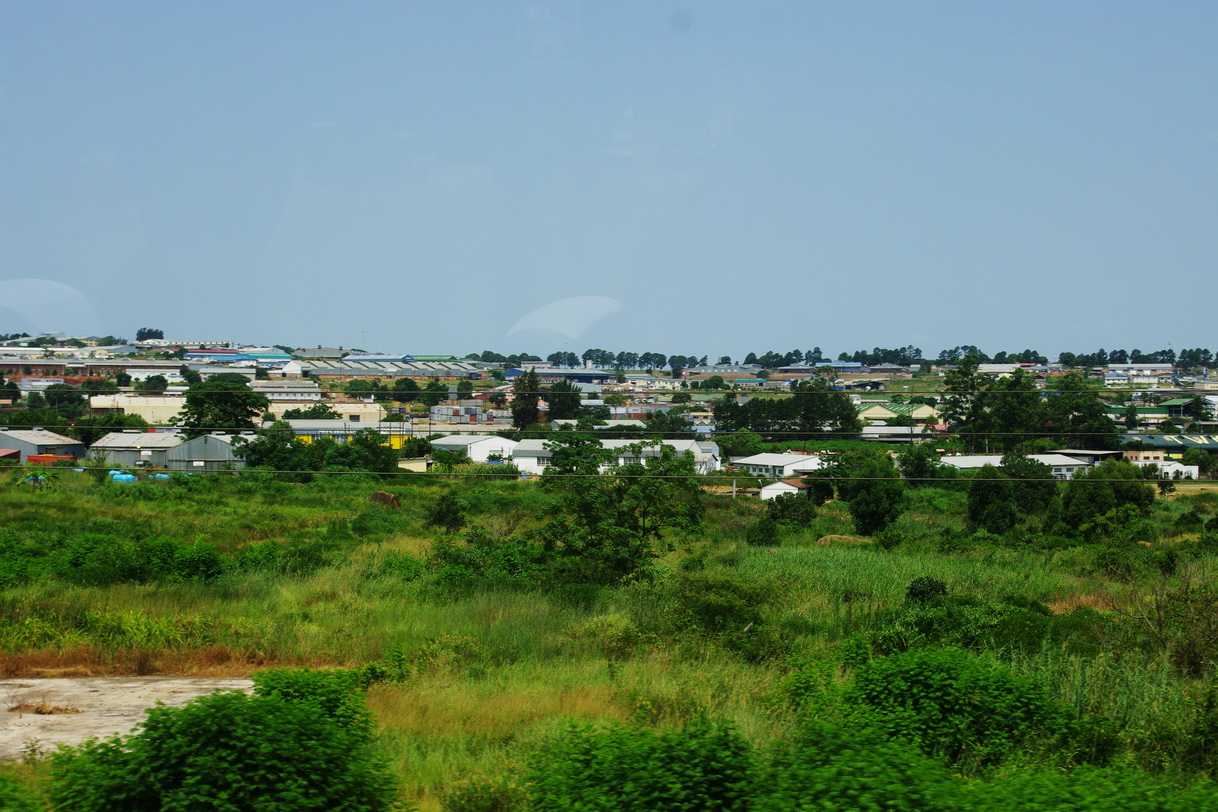
Manzini
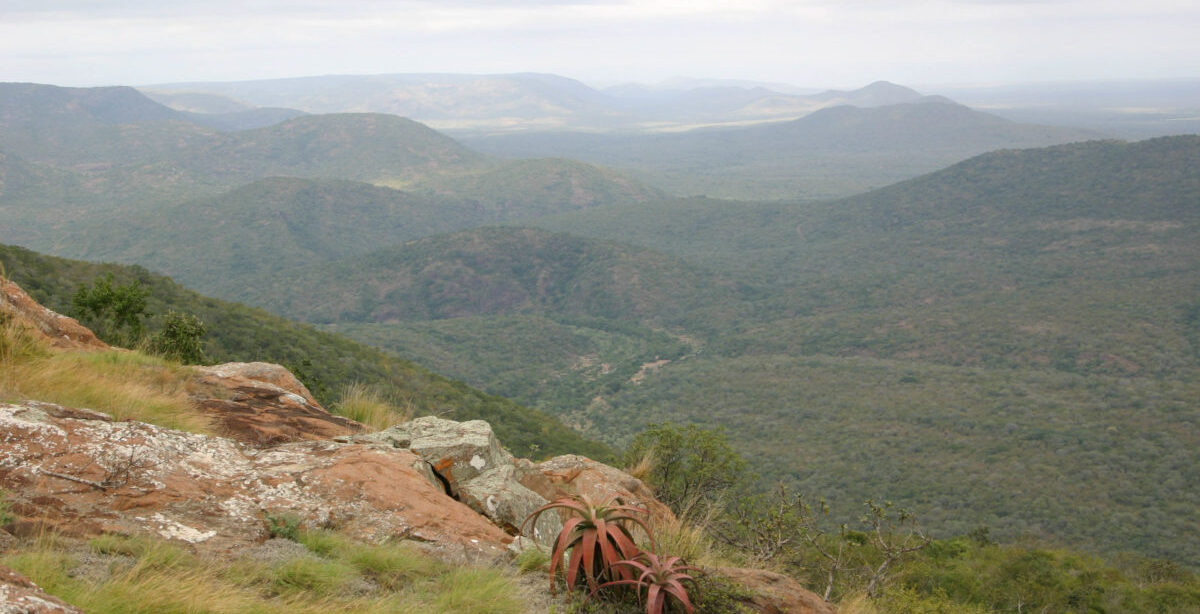
Lubombo
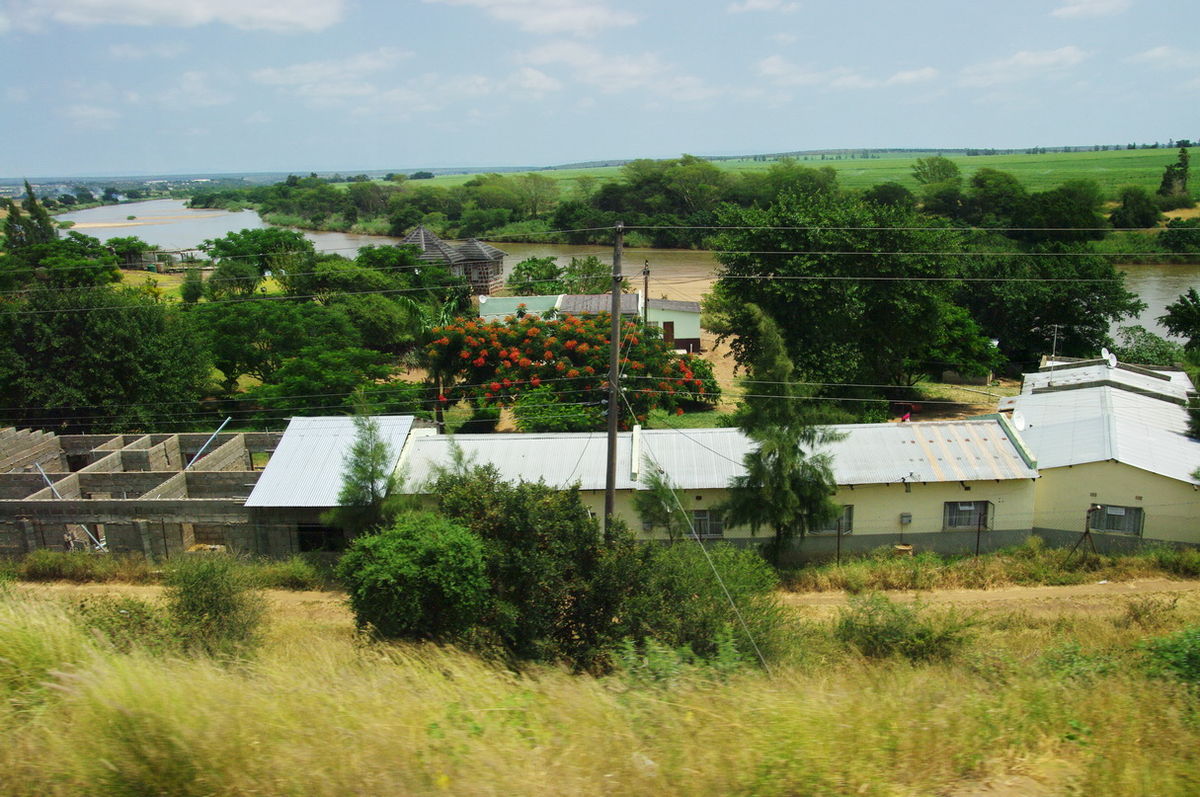
Shiselweni
Before you go 🛩
Important information you should know before your trip
Info
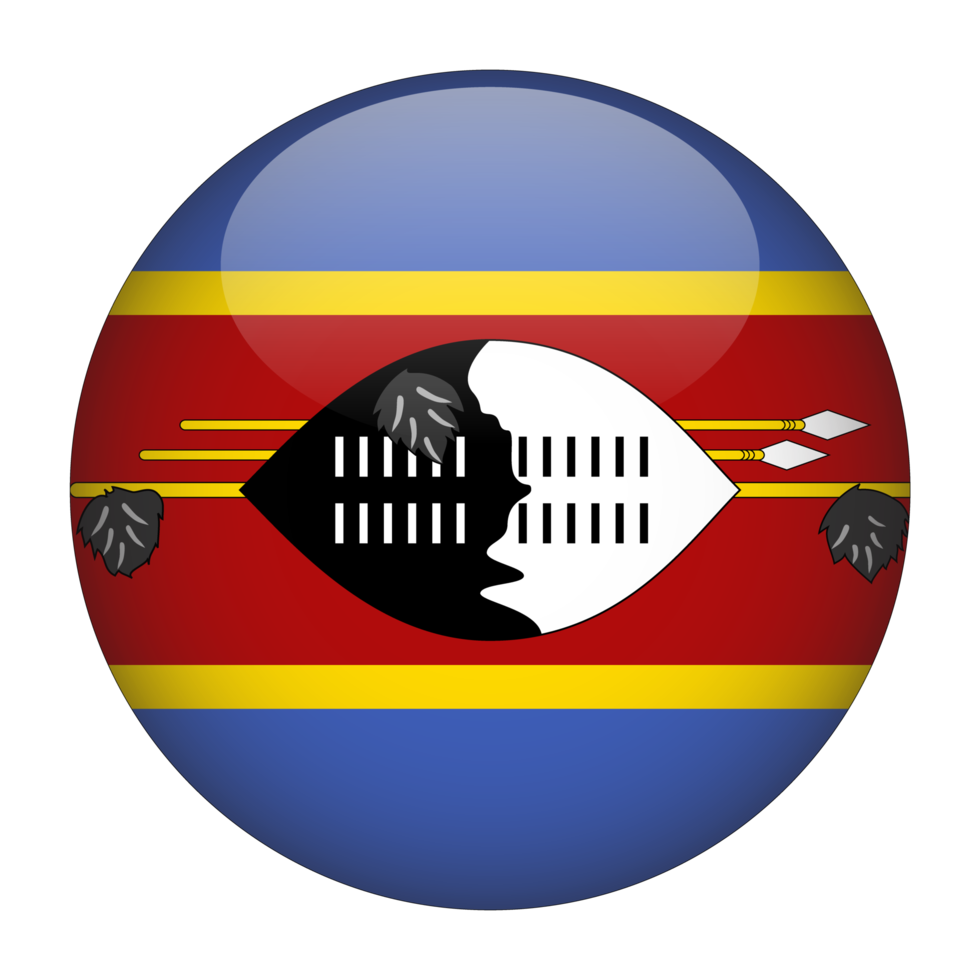
Capital | Mbabane, Lobamba
Flag Codes:
ISO alpha-2 SZ,
ISO alpha-3 SWZ
Currency
Badge | Lilangeni
CODE | SZL
NUMBER | 748
SYMBOL | L
FRACTION | penny
Mobile Coverage
Dialing Code | +268
SIM Card
Coverage | 3G / 4G / 5G |
Mobile Networks | Eswatini Mobile | MTN Mobile |
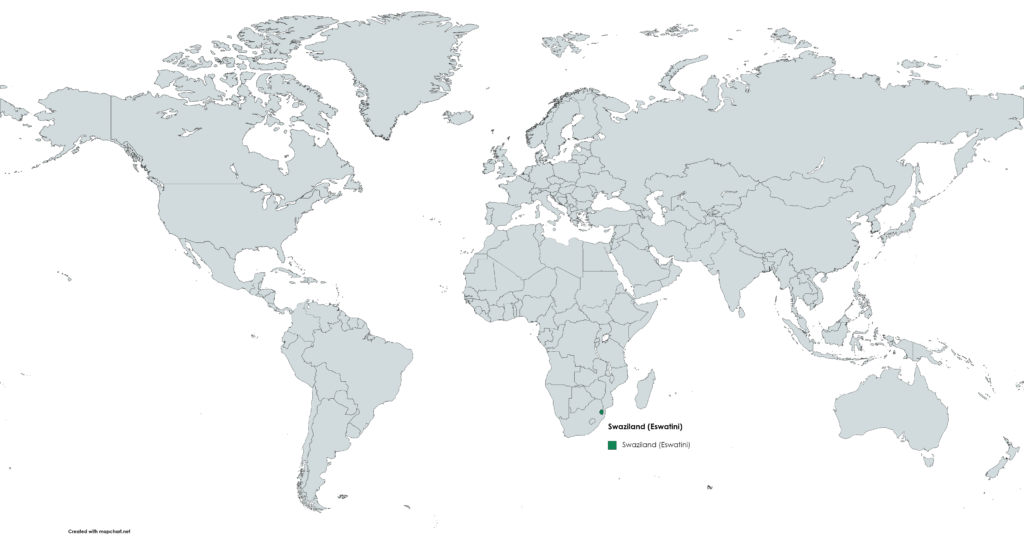
Location
Eswatini, formerly known as Swaziland, is a landlocked country located in Southern Africa. It is situated in the southeastern part of the African continent.
Geographic Coordinates: The approximate geographic coordinates of Eswatini are between 26.5 degrees and 31.5 degrees east longitude and between 25.5 degrees and 27.5 degrees south latitude.
Size: Eswatini covers an area of about 17,364 square kilometers (6,704 square miles).
Capital: The capital city of Eswatini is Mbabane, located in the western part of the country. Another important city is Manzini, which serves as a major commercial and industrial center.
Eswatini’s location in Southern Africa places it in a region known for its diverse landscapes, including mountains, savannas, and valleys. The country’s geography and natural beauty contribute to its appeal as a tourist destination.
Currency
Swaziland is now officially known as Eswatini. Eswatini is a landlocked country in Southern Africa.
The currency of Eswatini is the Eswatini Lilangeni, abbreviated as “SZL” and often represented by the symbol “E” or “L.”
The currency is named after the country’s monarch, King Mswati III.
The Lilangeni is used for daily transactions, trade, and commerce in Eswatini.
Please note that exchange rates can fluctuate, so it’s a good idea to check the current rates if you plan to exchange currency or engage in financial transactions in Eswatini.
Languages
Eswatini, formerly known as Swaziland, is a linguistically diverse country with multiple languages spoken. However, the two official languages of Eswatini are:
SiSwati (also known as Swazi): SiSwati is one of the official languages of Eswatini and is the dominant indigenous language spoken by the majority of the population. It is a Bantu language and is used in various aspects of daily life, including government, education, and media.
English: English is the other official language of Eswatini and is commonly used in government, business, and education. It is the primary language of instruction in schools and is used in official documents and communication.
While SiSwati and English are the official languages, there are other languages and dialects spoken in Eswatini due to its diverse cultural heritage. These languages may include Zulu, Tsonga, and others spoken by smaller ethnic groups within the country. SiSwati remains an essential cultural and linguistic element of Eswatini’s identity.
Climate 🌡
Eswatini, located in Southern Africa, has a varied climate influenced by its topography and elevation. The country experiences distinct seasons, including a wet season and a dry season. Here are some key features of Eswatini’s climate:
Tropical Climate: Eswatini has a tropical climate, characterized by warm to hot temperatures throughout the year.
Wet Season: The wet season in Eswatini typically occurs during the Southern Hemisphere summer months, from November to April. This period brings higher temperatures and significant rainfall.
Dry Season: The dry season takes place during the Southern Hemisphere winter months, from May to October. It is characterized by lower humidity and minimal rainfall.
Temperature Variation: There can be a considerable temperature variation between the lowland areas and the higher-altitude regions. The lowlands, such as the Lubombo Plateau, tend to be warmer, while the highlands, like the Malolotja Nature Reserve, experience cooler temperatures.
Rainfall: Rainfall in Eswatini varies by region. The eastern part of the country, including the Lubombo Mountains, typically receives more rainfall than the western and southern regions. The capital, Mbabane, is located in a highland area and has cooler temperatures and more moderate rainfall.
Droughts: Eswatini is vulnerable to droughts, which can have a significant impact on agriculture and water resources in the country.
Altitude Effect: Eswatini’s elevation varies from relatively lowlands to high-altitude areas. The climate in high-altitude regions can be cooler and more temperate, while lowland areas experience hotter temperatures.
Seasonal Changes: The transition between the wet and dry seasons can bring occasional heavy rainfall, thunderstorms, and the risk of flooding, especially in lowland areas.
Eswatini travel tips
If you’re planning a trip to Eswatini, here are some travel tips to enhance your experience:
Visa Requirements:
Check visa requirements before traveling to Eswatini. Ensure your passport is valid for at least six months.
Health Precautions:
Take malaria prophylaxis and get recommended vaccinations. Carry necessary medications and drink bottled or treated water.
Cultural Respect:
Respect local customs. Seek permission before taking photos of people, especially during traditional ceremonies.
Wildlife Sanctuaries:
Visit Mlilwane Wildlife Sanctuary for close encounters with animals. Follow park guidelines for a safe and ethical experience.
Transportation:
Taxis and minibus taxis are common. Renting a car provides flexibility. Plan for longer travel times on rural roads. View Guide.
Ceremonies and Rituals:
If possible, witness traditional ceremonies like the Umhlanga Reed Dance. Respect cultural practices and protocols.
Local Etiquette:
Embrace the warmth of Eswatini’s people. Learn traditional greetings and customs to enhance cultural interactions.
Enjoy your time in Eswatini!

The best of the best
Eswatini, formerly known as Swaziland, has a traditional cuisine that reflects its cultural heritage and the availability of local ingredients. While modern influences have introduced some variety to the diet, traditional Eswatini foods remain an important part of the country’s culinary traditions.

Roosterbrood
Roosterbrood is a type of bread that is cooked over an open flame or on a grill. It is a popular accompaniment to meat dishes.
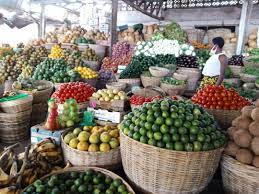
Fruit
Eswatini’s tropical climate allows for the cultivation of various fruits, including mangoes, bananas, and papayas. These fruits are enjoyed fresh or used in desserts and snacks.

Game Meat
In some rural areas, game meat from animals like antelope and warthog is still consumed, reflecting traditional hunting practices.
Here are some typical foods and dishes of Eswatini:
Emasi: Emasi is a type of sour milk that is a staple in Eswatini. It is made by fermenting cow’s milk and is often enjoyed as a side dish or used in cooking.
Sorghum: Sorghum is another important cereal crop in Eswatini and is used to make porridge and traditional beer. It is often mixed with maize to create a blend of flavors.
Vegetables: Leafy greens and vegetables such as pumpkin, spinach, and cabbage are commonly used in Eswatini’s cuisine. They are often prepared as side dishes or added to stews.
Meat: Meat is a prized ingredient in Eswatini, and beef, goat, chicken, and pork are commonly consumed. Meat is often stewed or grilled and served with vegetables and maize porridge.
Beans: Various types of beans, such as cowpeas and groundnuts, are used in Eswatini’s cuisine and are often served with maize or as part of stews.
Siswala: Siswala is a traditional Eswatini dish made from fermented maize and sorghum. It is a sour, porridge-like dish that is often enjoyed with vegetables and meat.
Dried Fish: In areas near rivers and lakes, dried fish is a common source of protein and is used in various dishes.
Eswatini’s cuisine reflects its agricultural heritage and the importance of maize and other staple crops in the diet. Traditional dishes are often prepared using simple cooking methods, and the use of locally sourced ingredients remains an integral part of Eswatini’s culinary traditions.
Transportation 🚥
More information about this country
Choose your destination 📍🗺
Useful Links ✅



